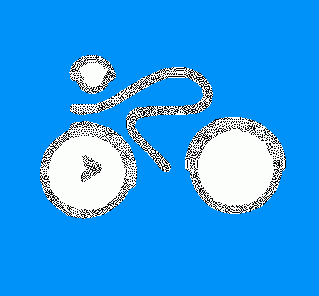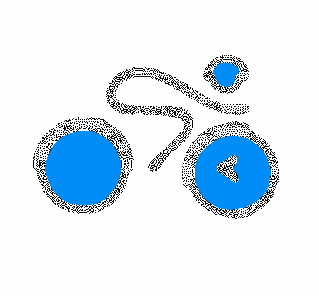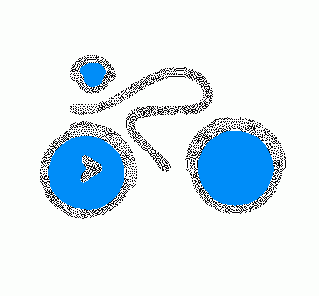| Newsletter - 2001 Archive |

|

|
Cycling Club |

|

|
| Newsletter - 2001 Archive |

|

|
Cycling Club |

|

|
Next--->
Both Danelle and Eric claim that the fast end of PBP has no limit. And yet controls for all 3 groups have both opening times and closing times. I know that in 1983 the fast group were cooling their heals at Beleme (the first control then) awaiting the control to open.
In 1991 and as far as I know there has been no change to the format, the 80 hour group's fast limit was 40 hours 47 minutes. The only person to beat that was the last "Winner", Marcel Diot, who won the last race in 1951 with 38:55. Maybe when the lead rider or group gets down under 41 hours they will consider opening up earlier.
I scanned through Eric's query about doing away with the current time scale we work to. It seems he doesn't recognise that the BC Randonneurs are only one part of an international organisation. If we wish to have our efforts recognised we have to work within the existing international rules. Maybe there is good reason to question the rules, but to go off half cocked and use different standards for ourselves removes us from the system and we set up a new, made in BC, system.
There isn't much point in comparing marathon running with randonneuring. A marathon is a race and as such it would be counter-productive to put limits on the front end. A randonnée is not a race, although there has to be an element of competition if there are time limits.
Due to the politics of European cycling the ACP had to be very careful they didn't get in conflict with the UCI and thus the fast limits were necessary to ensure they were not accused of running unsanctioned races. North America doesn't suffer so much from this aspect, but nonetheless the same caution applies.
Even if we stick, more or less, to the existing time limits I think they should be rationalised at the fast end, 5:53 could be 6, or 5:45. 12:08 for the 400 could be 12 hours and so forth.
What I think we do need is the authority to pro-rata the closing limit for the actual distance. As so many of our routes involve crossing rivers it can be very difficult to come up with the nominal distance +1 or 2%. When ACP decided to stop that practise about 1984 many of us didn't have computers. With GPS and accurate computers we know pretty well what the true distance of a route is and I can't see anything wrong in applying the 15 kph (up to 600 km) to the actual distance.
But good things can happen when a discontent starts asking questions. In UK in 1893 the police prohibited road racing. The races were handicapped with groups starting at intervals, fastest last. The riders also had pacers. You can imagine the scene at the finish. Just one collision with a pony and trap and the police acted. The National Cyclists' Union didn't protest they went along with it. The North Road Club was offended and seceded from the NCU and carried on organising road races under a new format. The handicapping was on an individual basis with the fastest rider starting first.
Thus was the TIME TRIAL born in 1895, on October 5th.
_